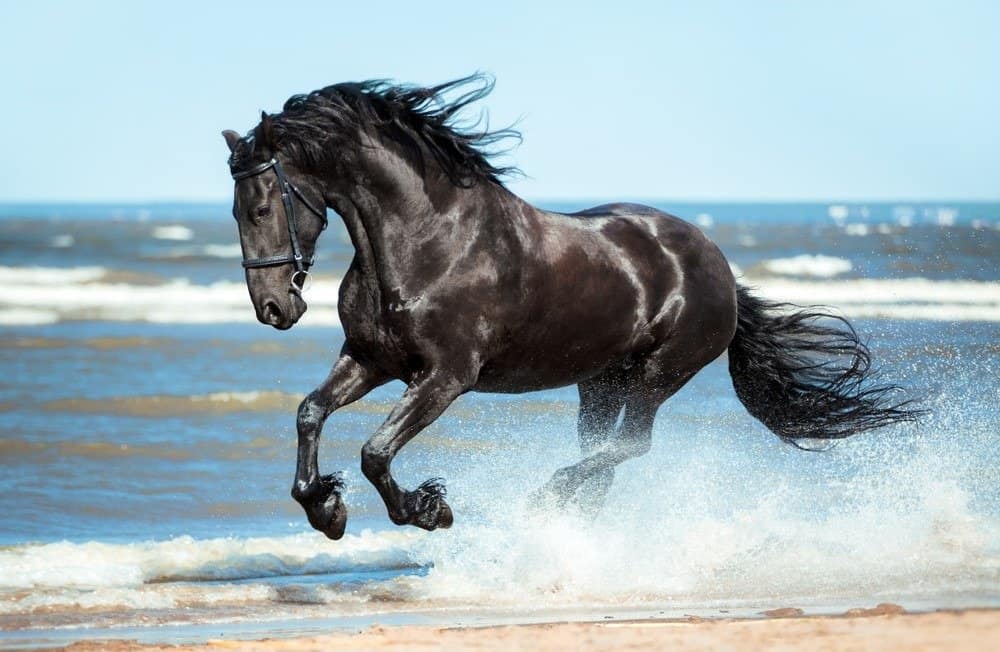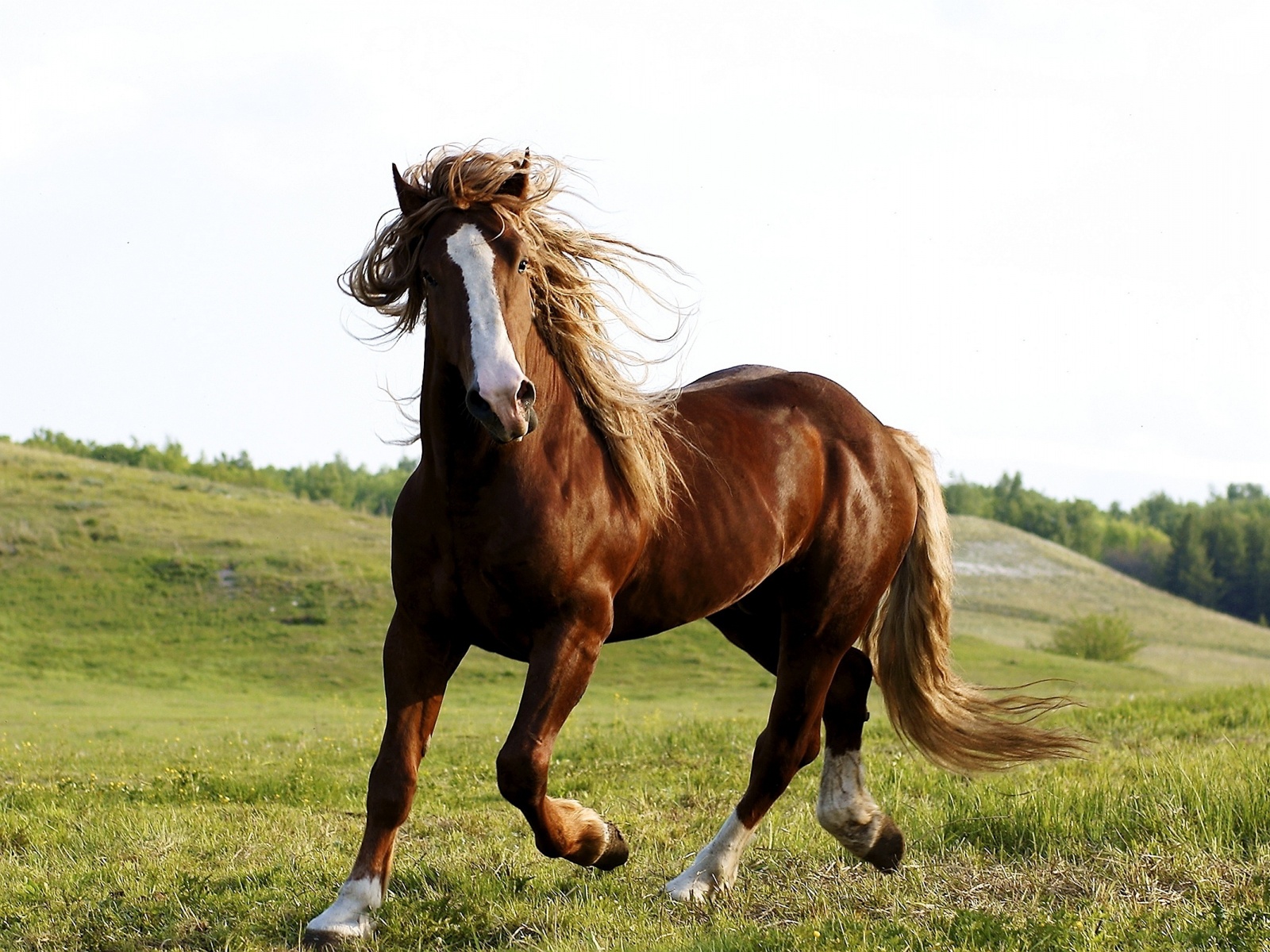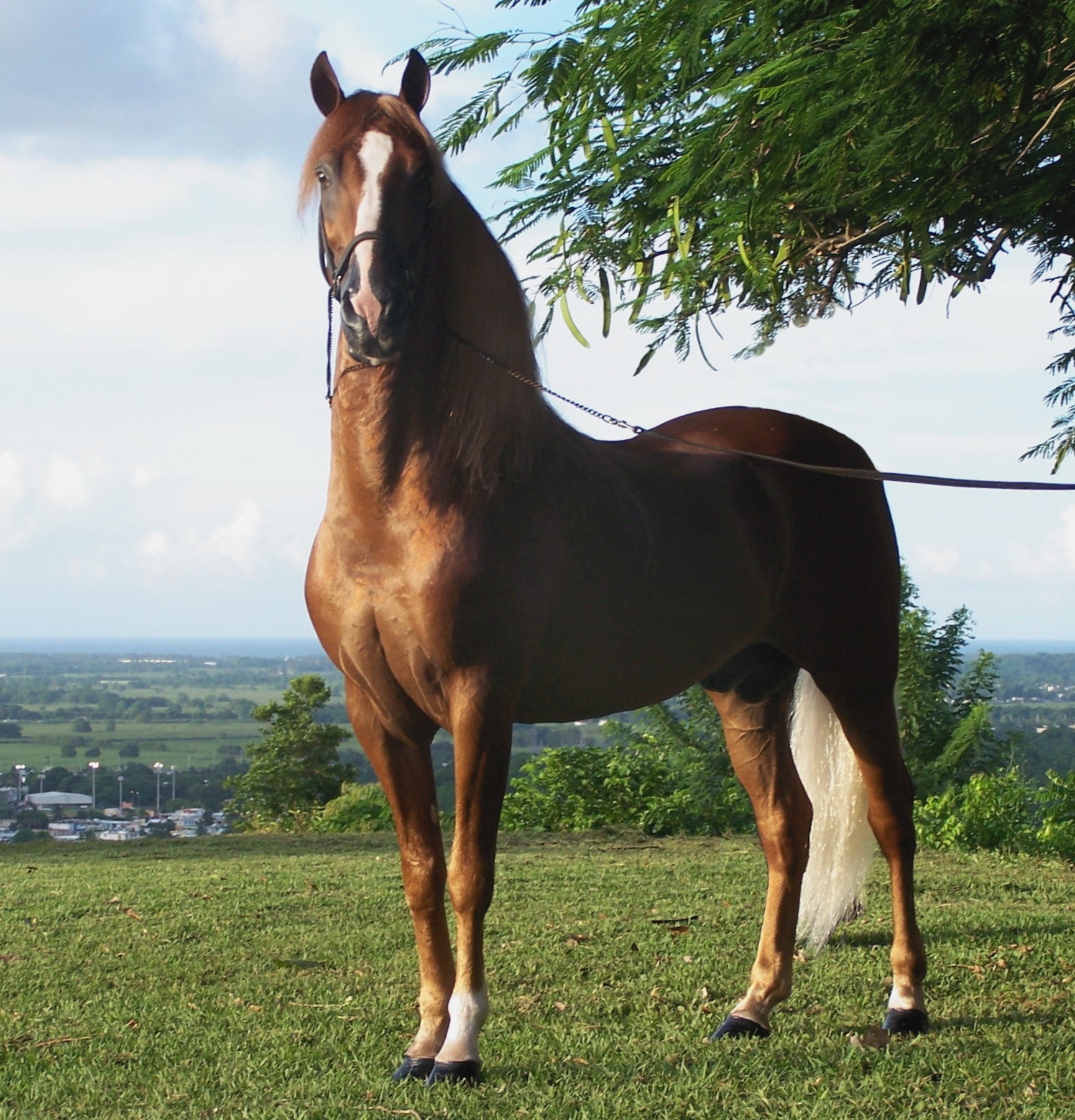Discovering **Horse Mating Naturally**: A Fascinating Look At Equine Instincts
Watching horses engage in their natural mating process is, quite frankly, a truly remarkable experience. It's a vivid display of instinct, deeply rooted behaviors, and the amazing biology that keeps these magnificent animals thriving. You see, this isn't just about reproduction; it's a captivating dance of nature, combining instinct, precise timing, and, in a way, a bit of equine chemistry. From the very first moment a mare hints that she's ready to the final moments of the act itself, the whole thing is, well, just something to behold.
For anyone with an interest in animal science, or perhaps those who simply admire horses, exploring how they mate naturally offers a really comprehensive view of their inherent instincts, their usual behaviors, and all the biological processes involved. It's a world that, to the uninitiated, might seem almost mystical, blending that primal dance of courtship with some pretty clear scientific underpinnings. This kind of natural interaction is, basically, crucial for the survival of the species, and it’s a behavior that’s a very natural part of their lives.
When I first got my stallion, Montaro, I looked everywhere online for information about natural ways to keep a stallion. What I mostly found, however, was just about breeding. This really highlights how much we need to talk more about the whole natural process, not just the technical parts. So, let’s explore the fascinating natural mating behavior of horses, from their initial courtship rituals to the specific behaviors of both the stallion and the mare, and even, you know, how to prepare for successful natural mating while managing any challenges that might come up.
Table of Contents
- The Natural Mating Dance of Horses
- Stages of Natural Equine Mating
- Biological Aspects and Species Survival
- Preparing for Successful Natural Mating
- The Educational Value of Observing Natural Mating
- Frequently Asked Questions About Horse Mating Naturally
- Conclusion: A Respectful View of Equine Reproduction
The Natural Mating Dance of Horses
The process of **horse mating naturally** is, you know, quite intricate, truly a natural part of their existence. It's not just a single event but a series of behaviors and stages that make sure sperm gets transferred successfully, leading to new life. This whole process, in some respects, highlights the powerful instincts that drive horses. We often see these incredible displays of natural behavior during the mating season, showcasing, in a way, their communication and interaction.
Mare Readiness Signals
- Joshua Danehower
- Adult Web Series
- Aagmaalscom Actress List
- Mayme Hatcher
- Camilla Araujo Onlyfans Video Name List 2025
A mare, as a matter of fact, will show clear signs when she is ready to breed, when she is "in heat." These signals are, you know, her way of telling a stallion she is receptive. She might, for instance, lift her tail, urinate frequently, or perhaps even wink her vulva. Some mares might, you know, become a little more vocal, perhaps whinnying more often, or they might seem a bit more restless. It's really important to recognize these subtle, or sometimes not so subtle, cues, as they are, basically, the first step in the whole natural breeding process. The stallion, as we'll see, really pays attention to these signs.
The Stallion's Role in Courtship
The stallion, for his part, must first figure out if the mare is, in fact, ready. This can, you know, take some time, sometimes even a little while. He might approach her cautiously, perhaps sniffing her flank or her urine to detect pheromones, which are chemical signals. He might also perform what's called a "flehmen response," where he curls his upper lip back to really get a good sense of those smells. This is all part of the courtship ritual, a very primal dance, if you will, that builds up to the actual mating. Stallions, in a way, are quite attentive during this stage, showing a lot of patience as they assess the mare's receptiveness.
Stages of Natural Equine Mating
When horses mate naturally, it’s, you know, a multi-stage event, much like mating in many other animals. It involves several distinct behaviors that work together to make sure reproduction happens. Understanding these stages gives us a pretty good view of their natural instincts and their biological processes. This video, actually, documents the complete natural horse mating process on a farm, created purely for educational and informational purposes for those interested in animal science or horses generally.
Pre-Mating Rituals
Before the actual mating, there’s, you know, quite a bit of interaction. Courtship rituals are, in fact, a really big part of how horses mate, and they depend on more than just the moment the act happens. During the horse breeding season, these rituals, along with various biological factors, really come into play. The stallion might, for instance, nip at the mare's neck or flank, or he might nudge her gently. The mare, in turn, might lean into him or move away, indicating her level of readiness. It’s a very communicative period, full of subtle signals and powerful instincts, almost like a delicate negotiation between the two animals.
The Act Itself
Once the mare is truly receptive and the stallion has determined her readiness, the actual mating can, you know, begin. The stallion will mount the mare, a powerful and often intense moment. This part of the process is, basically, quite quick, usually lasting only a short time. It’s a very natural process, crucial for the transfer of sperm. We can, actually, witness these incredible and natural behaviors of horses during the mating season, seeing the powerful instincts and interactions firsthand. This video, for instance, offers a unique look into the intimate lives of horses, even those living in natural settings like in Africa, showing these very moments.
Post-Mating Behaviors
After the mating act, both the mare and stallion might, you know, show certain behaviors. The stallion might dismount quickly, perhaps standing near the mare for a moment or two. The mare might, in fact, swish her tail or move off. These moments, while less dramatic than the act itself, are still part of the complete natural process. It’s all, you know, a continuation of that fascinating dance of nature, from the moment the mare signals she’s ready to the final moments of the act and what comes immediately after.
Biological Aspects and Species Survival
Horse mating, like reproduction in many other creatures, is, in fact, a natural process that is absolutely essential for the species to continue. It involves, quite simply, several stages and behaviors that make it easier for sperm to move from the stallion to the mare. This whole biological process is, you know, pretty complex and very efficient. The timing of the mare's heat cycle, the quality of the stallion's sperm, and the physical act of mating all work together to ensure the survival of horses for generations to come. It's a powerful reminder of how nature, basically, ensures its own continuity.
Preparing for Successful Natural Mating
For those interested in natural breeding, learning how to prepare for successful mating and, you know, manage challenges is quite important. This isn't just about letting nature take its course entirely; it's also about supporting the animals in a way that respects their natural instincts while ensuring their well-being. For example, understanding the mare's heat cycle thoroughly is, you know, absolutely key. Keeping both the mare and stallion in good health, with proper nutrition and a calm environment, also, basically, helps a lot. You want to make sure they are comfortable and, in a way, ready for this important biological event.
Managing Challenges in Natural Breeding
Even in natural settings, there can, you know, be challenges. Sometimes a mare might not show clear signs of being in heat, or a stallion might, in fact, be a bit too aggressive or not quite interested enough. Learning how to, you know, handle stallions and mares in a way that promotes a more natural approach can be very helpful. This might involve giving them more space, observing their interactions closely, and, you know, intervening only when necessary to prevent injury or stress. It's about finding that balance between allowing natural behaviors and providing responsible oversight. You can, for instance, learn more about natural horse care on our site, which often touches on these sorts of topics.
The Educational Value of Observing Natural Mating
Watching the complete natural horse mating process can be, you know, a truly educational experience. It helps us learn about the specific behaviors, the techniques horses use, and all the biological aspects of horse breeding. For anyone studying animal science or simply, you know, fascinated by equine life, this kind of observation provides a unique window into the intimate lives of horses. This video, in fact, documents the natural horse mating process on a farm, created purely for educational and informational purposes for those interested in animal science and horses. It’s a chance to see the strength of stallions and the subtle cues of mares, all playing out naturally. You might even find authentic mating horse stock videos and footage helpful for your own projects or campaigns, as they offer a clear visual representation of these behaviors. Less searching, more finding, basically.
Frequently Asked Questions About Horse Mating Naturally
Here are some common questions people often have about how horses mate naturally:
What are the first signs a mare is ready to mate?
A mare will, you know, show several signs when she's ready to mate, or "in heat." These often include lifting her tail, urinating more frequently, and "winking" her vulva, which is a rhythmic opening and closing. She might also seem, in a way, more affectionate towards the stallion or even a bit restless. These signals are, basically, her way of indicating receptiveness.
How long does the actual mating act take?
The actual physical act of **horse mating naturally** is, in fact, quite quick, usually lasting only a very short time, often just a few seconds to a minute or so. The courtship and pre-mating rituals, however, can, you know, take much longer, sometimes even hours, as the stallion determines the mare's readiness and they engage in their natural dance.
Is natural horse mating always safe for the animals?
While **horse mating naturally** is, basically, a natural process, there can, you know, be risks, just like with any animal interaction. Injuries can sometimes happen, especially if one animal is not fully receptive or if the stallion is too forceful. Proper preparation, observing their behavior closely, and, in a way, knowing when to intervene can help make the process safer for both the mare and the stallion. You can, for instance, get some help and tips on managing natural approaches to handling stallions and serving mares by looking at resources like this page.
Conclusion: A Respectful View of Equine Reproduction
Understanding **horse mating naturally** gives us, you know, a really comprehensive view of their instincts, behaviors, and biological processes. It’s a captivating blend of instinct, ritual, and biology that can seem almost mystical to those who haven't seen it before. From the primal dance of courtship to the scientific realities of sperm transfer, it's all part of a larger, natural story. This process is, basically, crucial for the survival of the species, a truly powerful and intense display of nature's design. It’s about respecting their natural lives and appreciating the amazing way they continue their lineage. For more detailed insights, you might find information on equine reproduction from a reputable equine science website to be, you know, very helpful.

Horse Animal Facts - Equus caballus - A-Z Animals

Horse

File:Puerto rican-Paso-Fino-Horse-chestnut.jpg - Wikimedia Commons